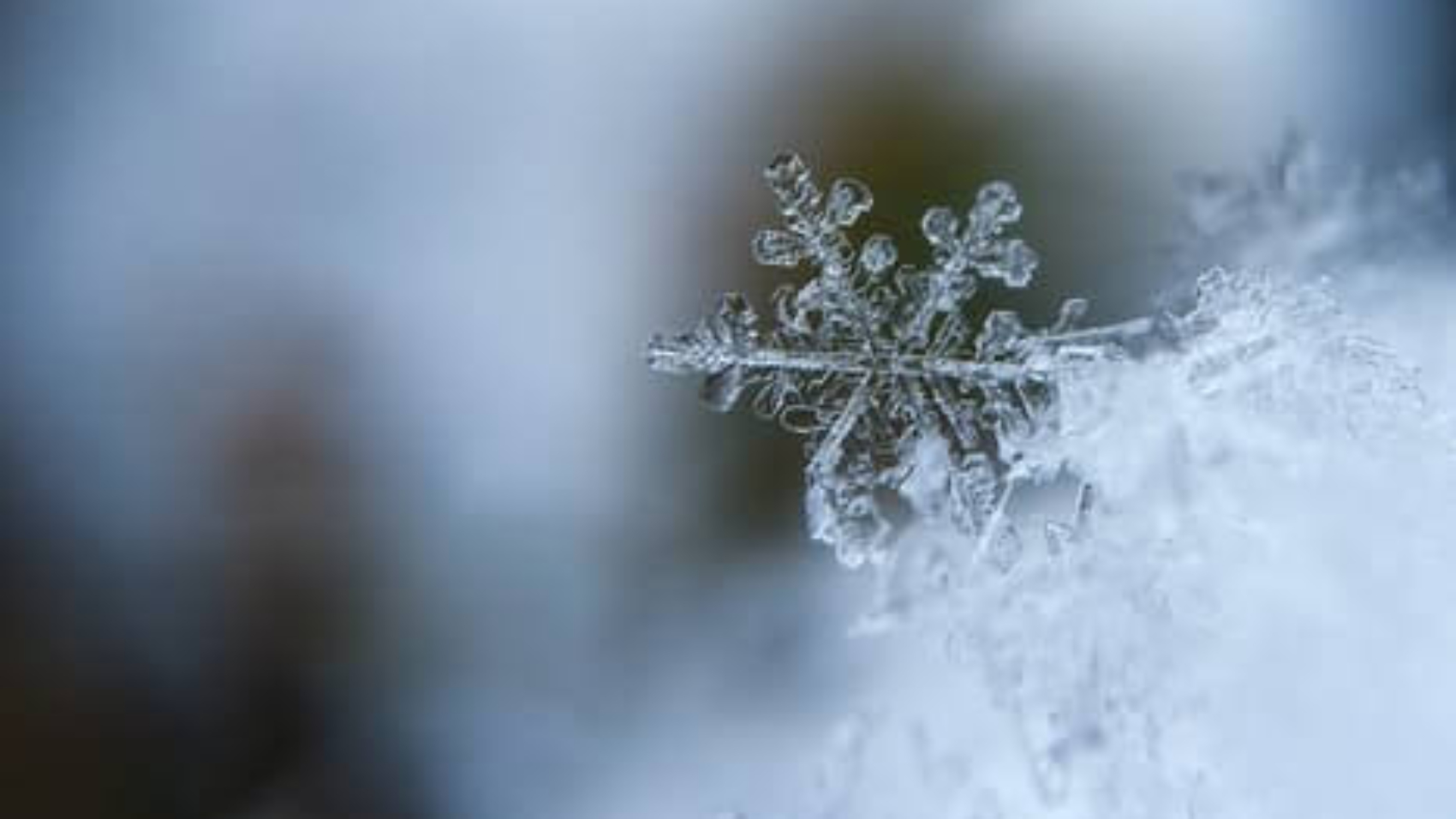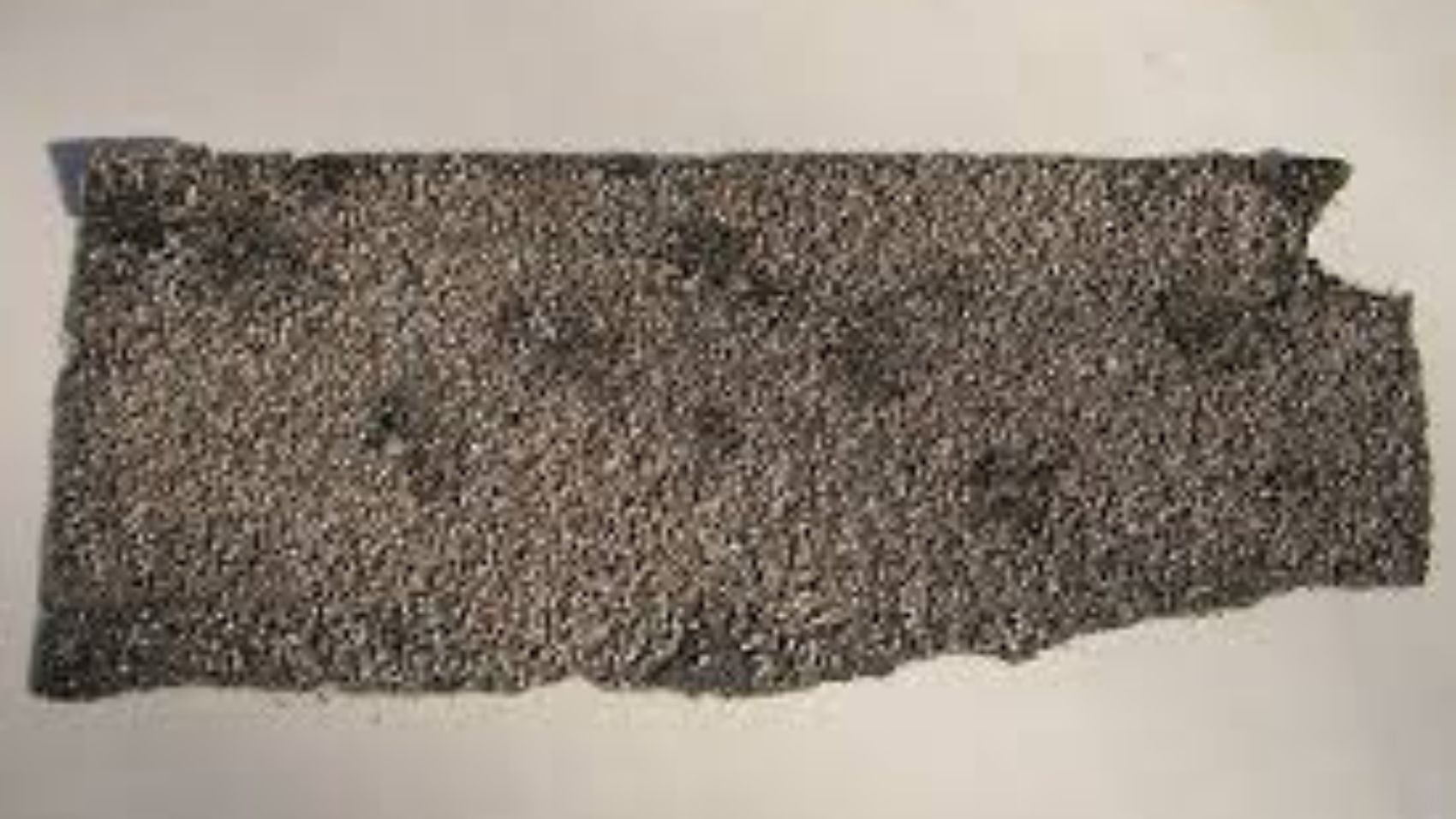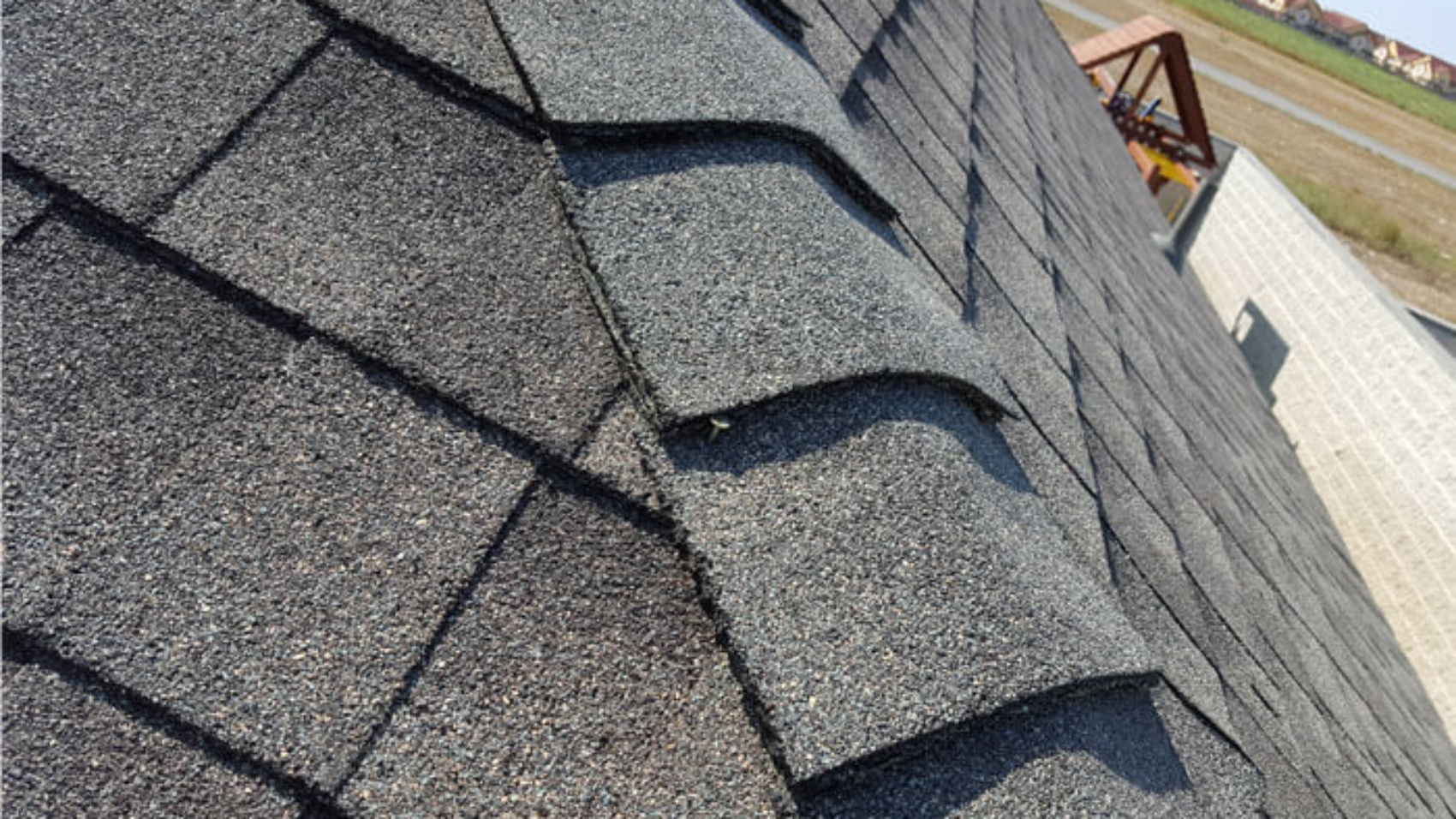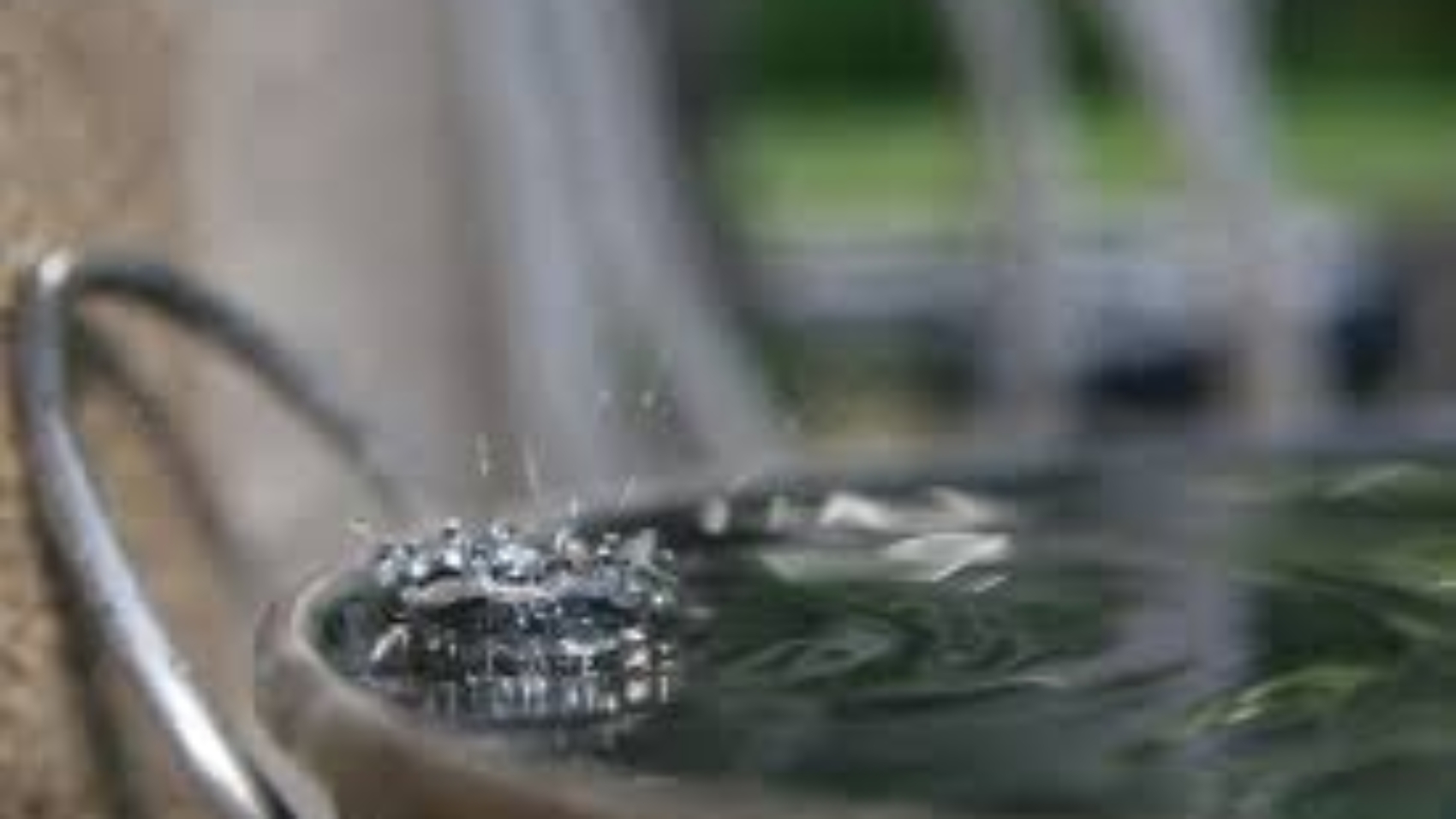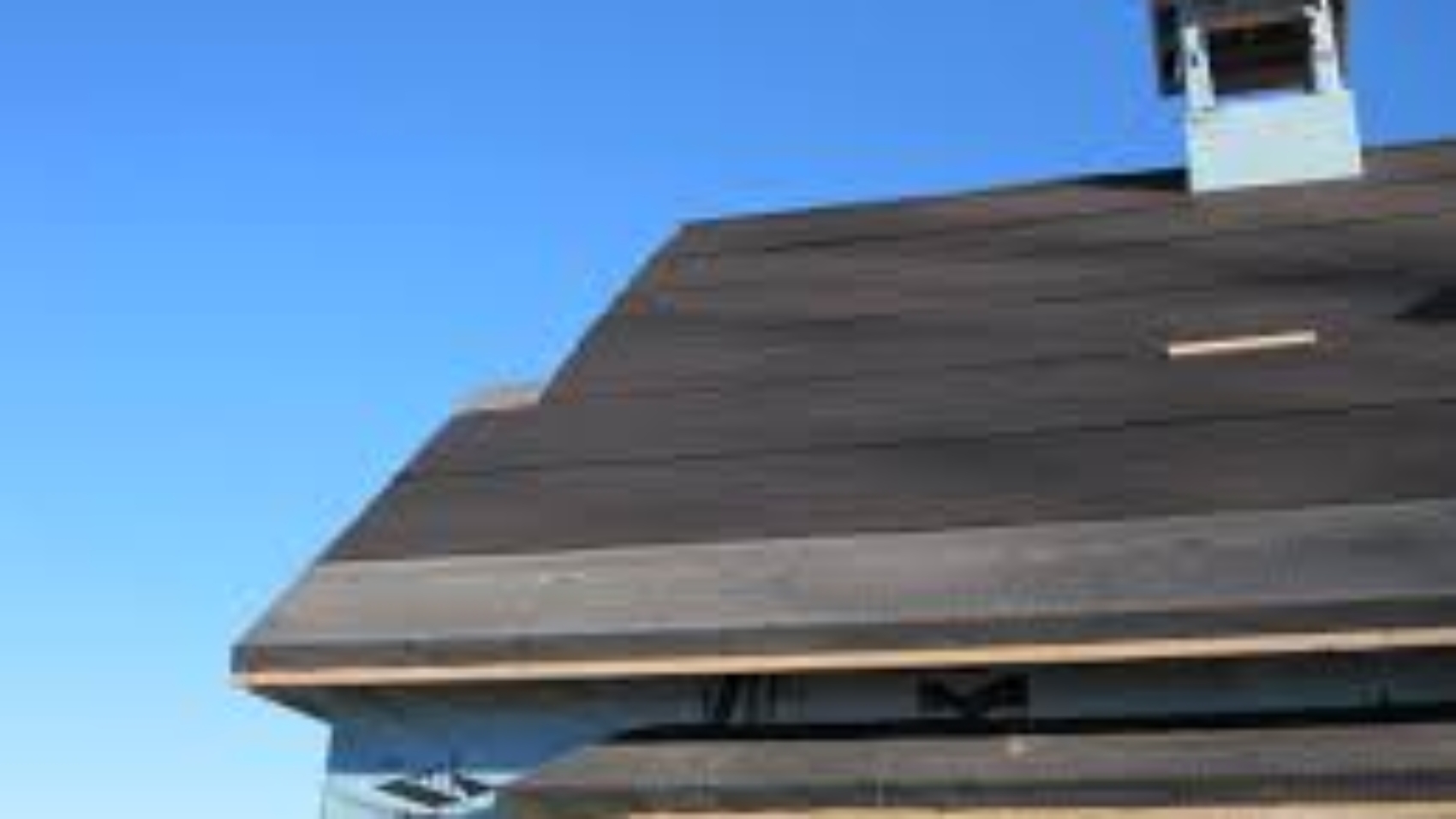In this second part of our blog series highlighting how to spring clean the outside of your home, we will discuss the final items to check off your list to take to get your home sparkling for spring!
Gutters
On a safe and stabilized ladder, begin scooping large debris items near the downspout of your gutters with a trowel or plastic scoop. Once the large debris is cleared, locate to a space far from the downspout and use a hose to clear the finer debris through the gutters. Running water through the gutters will also help you spot a leak!
Garage
A large step when attempting to spring clean the outside of your home is tackling the garage. A lot of times garages are filled with everything from trash to treasure, so it’s best to sort it out, dump the trash, and either sell or store the treasure. When going through your garage, create three piles in which to designate your belongings. These three categories should be a “keep” pile, a “toss” pile, and a “donate” pile. You could also create a “sell” pile if you are interested in having a garage sale after the cleaning process. If you don’t already have one, install a shelving unit along your garage wall to store bins of your remaining items after sorting. Be sure to label your bins to easily access them.
Paint The Rough Spots
Did winter leave your house looking rough around the edges? Slapping a new coat of paint on the trim of your house and doors is the perfect way to get a clean, fresh look for spring.
Repair your Roof
Last but not least, repair your roof! Spring brings a lot of showers, so a leaky or damaged roof just won’t do. This is where we come in! Whether you need a repair or complete replacement, we can help! Please call us today for all of your roofing needs to ensure your home is ready for spring! Give us a call or fill out an online quote form today!





